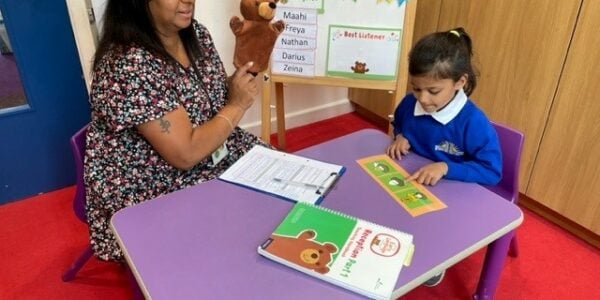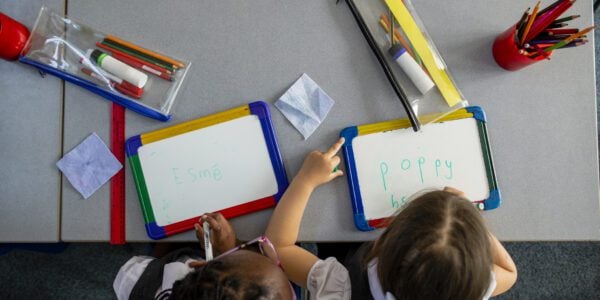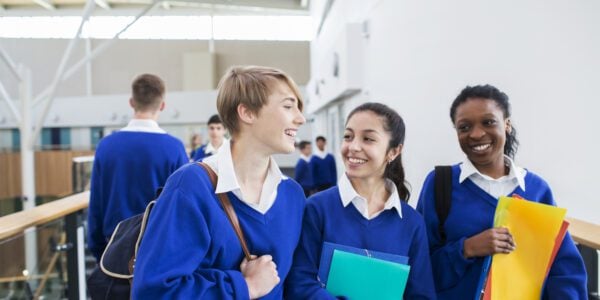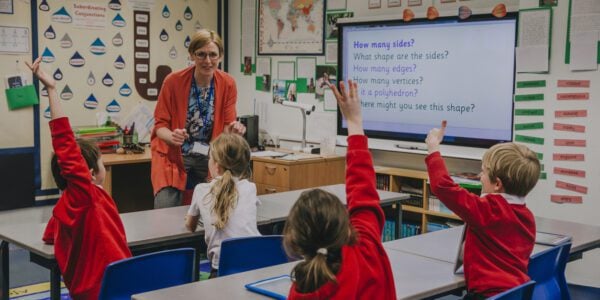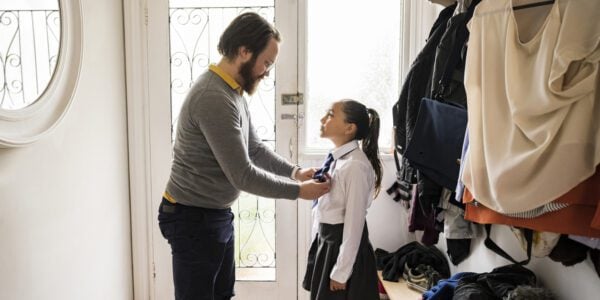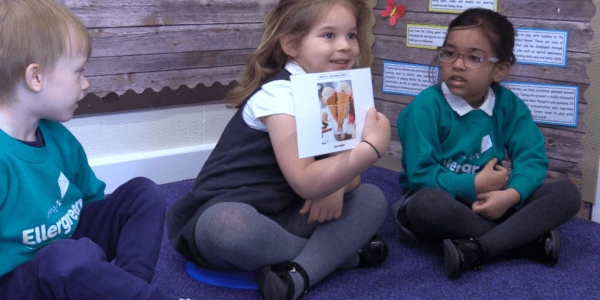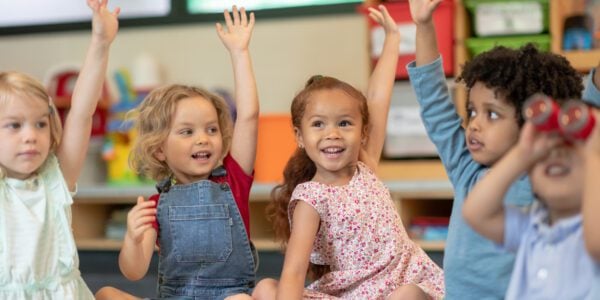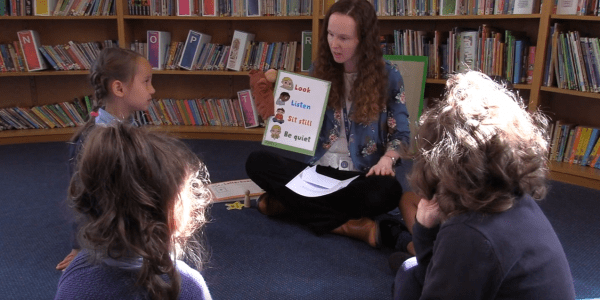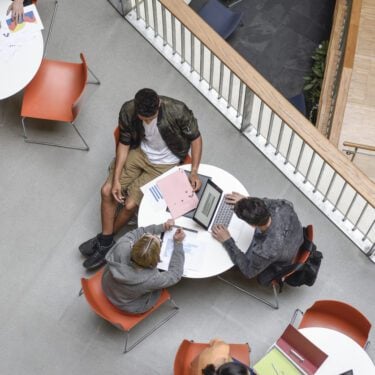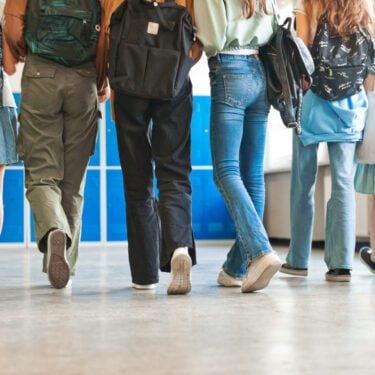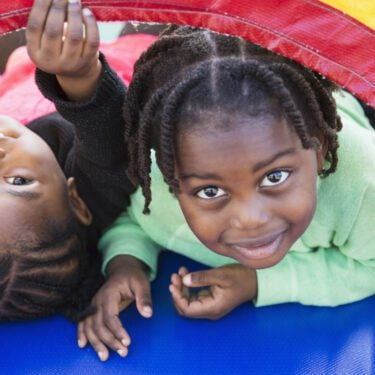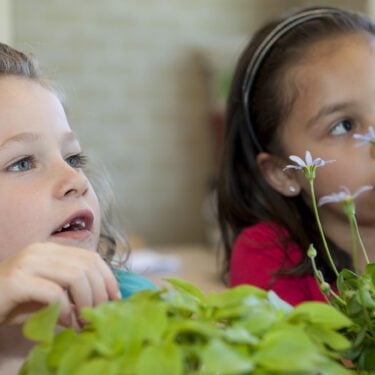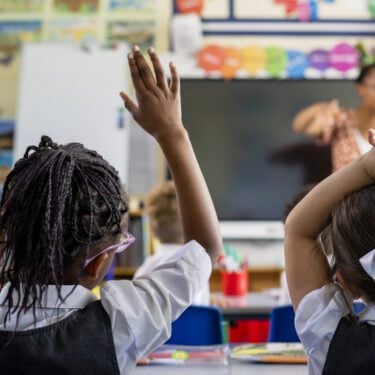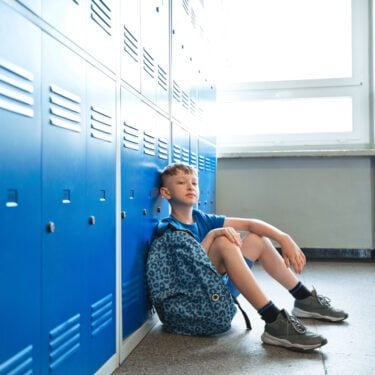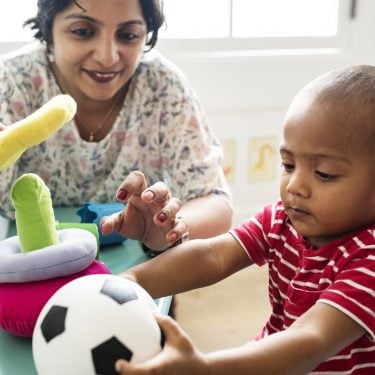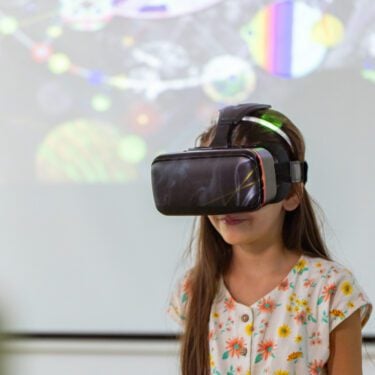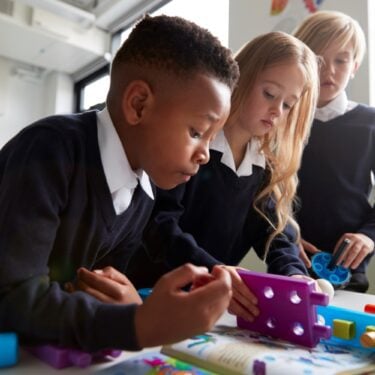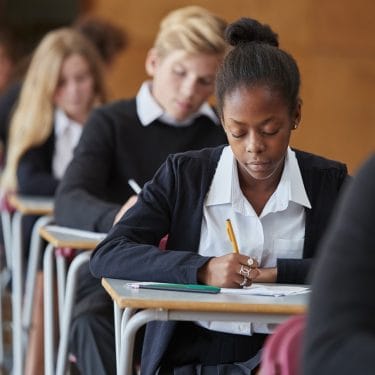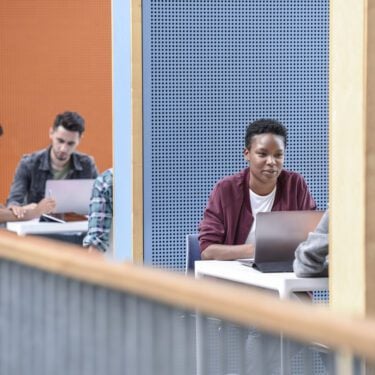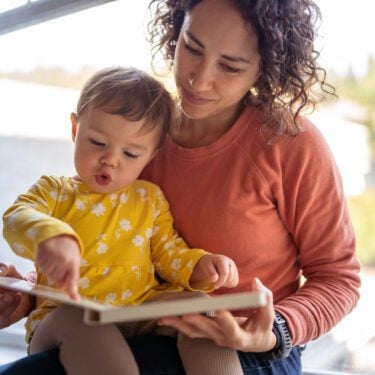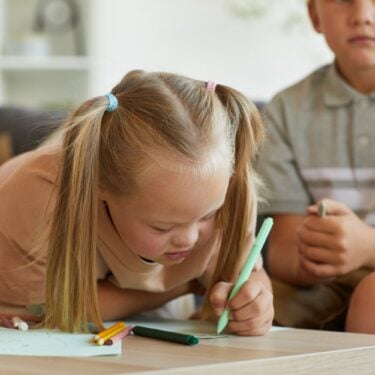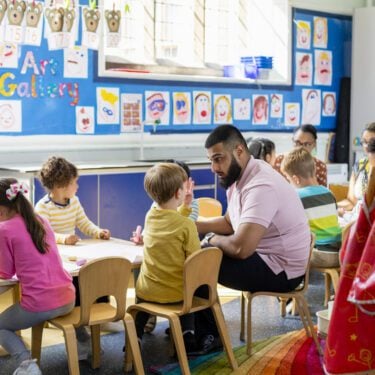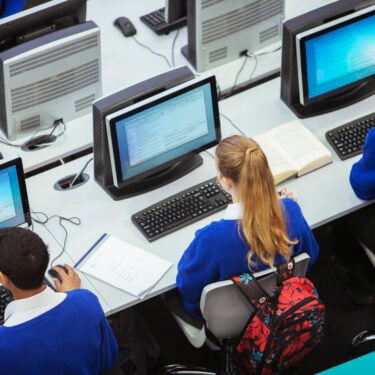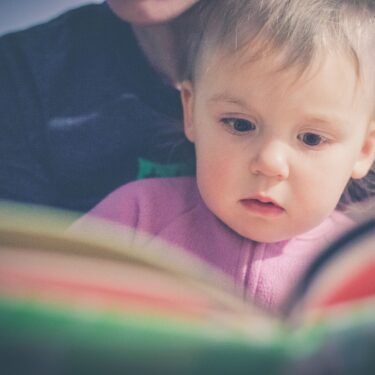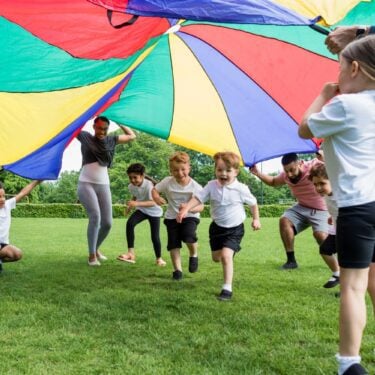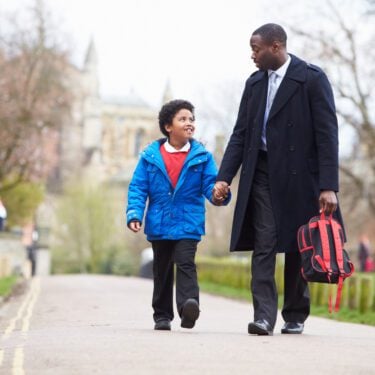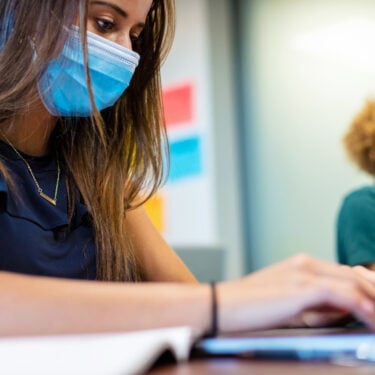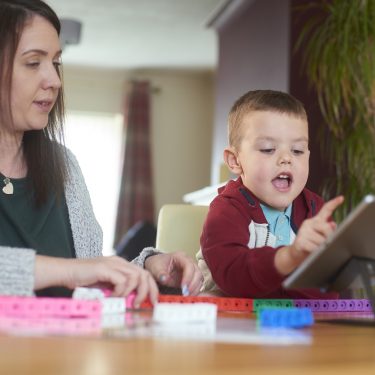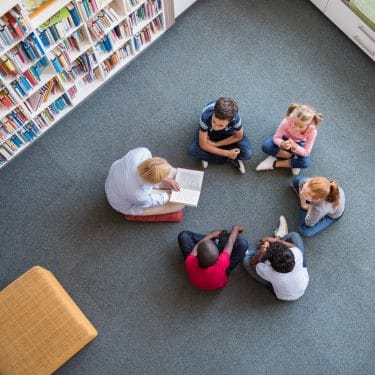Many school pupils who study in composite classes perform better than those in single year cohorts, according to new Nuffield-funded researchers at Strathclyde’s Fraser of Allander Institute.
The study finds evidence that for early years pupils, the gains created by composite classes are roughly equivalent to the attainment gap between the average pupil and a pupil in one of the 20% most deprived data zones in Scotland.
Composite classes – where children from different year groups are taught together – are widespread in Scotland in both urban and rural areas, with one in five primary school pupils in Scotland attending a composite class. These multi-grade classes are also common in the US and France.
The effects of composite classes on pupil attainment, alongside the effect of smaller class sizes, are the subject of much debate amongst parents, educators and politicians – yet composite classes are little-studied.
The research team analysed high-quality pupil level data covering a period of 12 years to investigate the effects of both composite classes and class sizes on pupil attainment. Their results suggest that Primary 1 (P1) pupils benefit from sharing composite classrooms with P2 pupils, with every additional older pupil raising the P1 students’ numeracy performance by around one percentage point. The effects on literacy were slightly larger at 1.3 to 1.5 percentage points. In comparison, the gains being created by composite classes are roughly equivalent to the attainment gap between the average pupil and a pupil in one of the 20% most deprived data zones in Scotland. The results for P4 and P7 pupils were less definite but suggestive of similar patterns.
The researchers also found no compelling evidence for adverse attainment effects on second-graders who share a composite classroom with first-graders. However, they caution that more work on the issue is warranted, not least because these results stand in contrast to previous work from outside the UK which had indicated small adverse effects for older composite class pupils in rural areas.
The researchers also failed to find persistent benefits of composite learning in P1 pupils when tested at P4 level – suggesting either that the benefits are short-lived, fade over time or the study lacked the statistical precision to detect longer-term effects.
However, even if the effects do fade over time, the research shows that, importantly, the benefits did not seem to occur at the expense of the older pupils’ attainment, meaning the financial savings of composite classes do not appear to come at the expense of academic performance.
No other positive or negative effects of composite classes were observed beyond attainment, for example in relation to attendance, suspension rates or attitudes to learning.
Even though composite classes tend to be smaller than single-year classes the research showed that class size was not a driving factor.
In fact, more broadly the results suggest that further reductions in class size in Scottish schools offer little return, at least in terms of attainment. Potential wider benefits, such as, but not limited to, the impact on classroom management and teacher recruitment were beyond the scope of this study.
Lead researcher Dr Markus Gehrsitz said: “Our research finds that exposure to older peers is highly beneficial to early stage primary school pupils in terms of attainment. Composite classes, which are widespread internationally and very common in Scotland, explicitly create these peer effects while simultaneously reducing the number of classes that are needed and by extension reducing cost. Class size reductions by contrast offer no statistically significant attainment benefits. Our study should ease parental concerns about any negative attainment effect of composite classes, and reassure local authorities that the cost savings provided by composite classes do not come at the expense of pupil attainment or educational quality.
“While not a panacea – for instance composite classes often require more intense preparation by teachers – we would encourage policymakers to experiment more with mixed classrooms. Given the benefits suggested by our evidence, particularly in early years education, composite classes may be a useful strategy to support attainment in Scottish schools’ after the disruption caused by the COVID-19 pandemic.”
Ruth Maisey, Education Programme Head at the Nuffield Foundation, said: “Although focused on schools in Scotland, the finding that composite classes are more effective for improving pupil outcomes than lower class sizes is relevant to other nations in the UK and internationally. In particular, this evidence will help for schools which are under capacity make better informed choices about whether to run with smaller class sizes or to opt for composite classes.”




